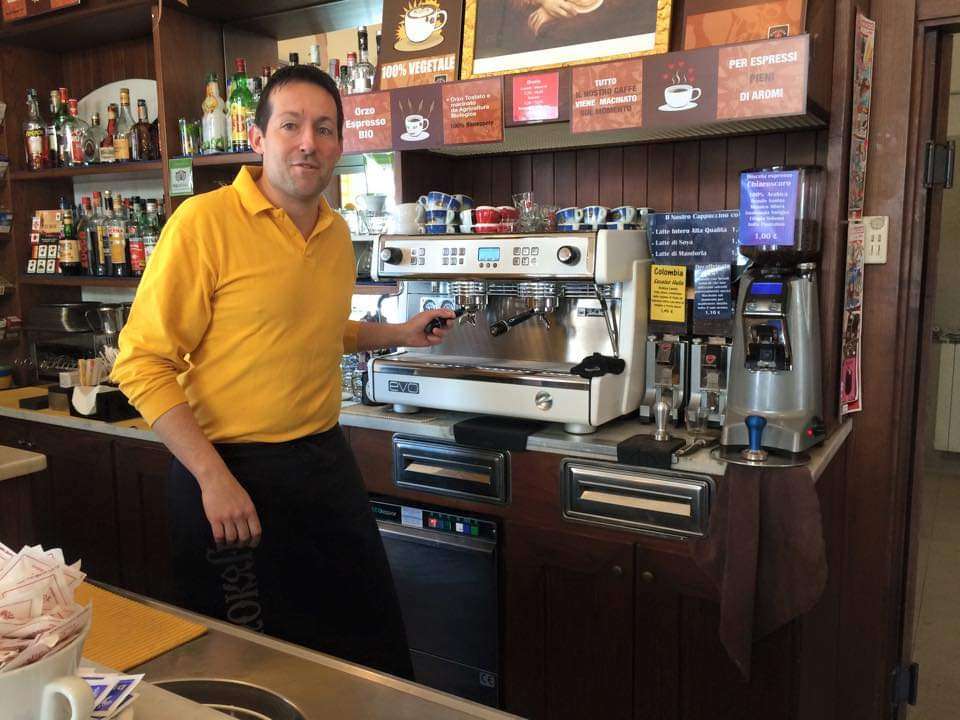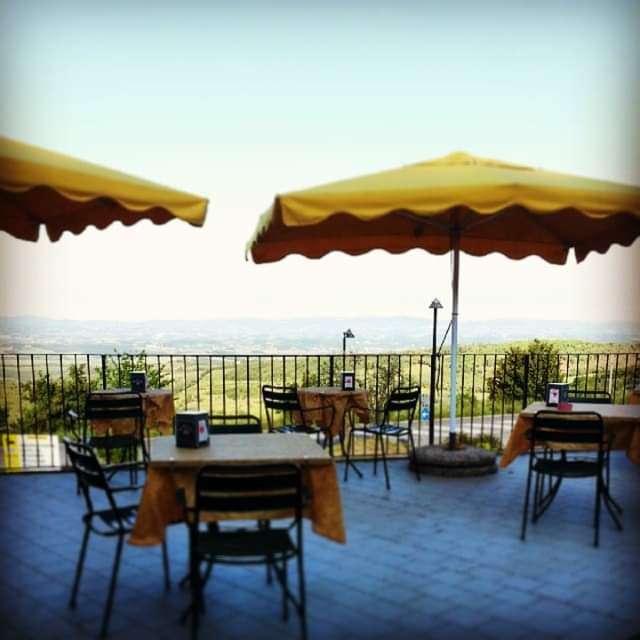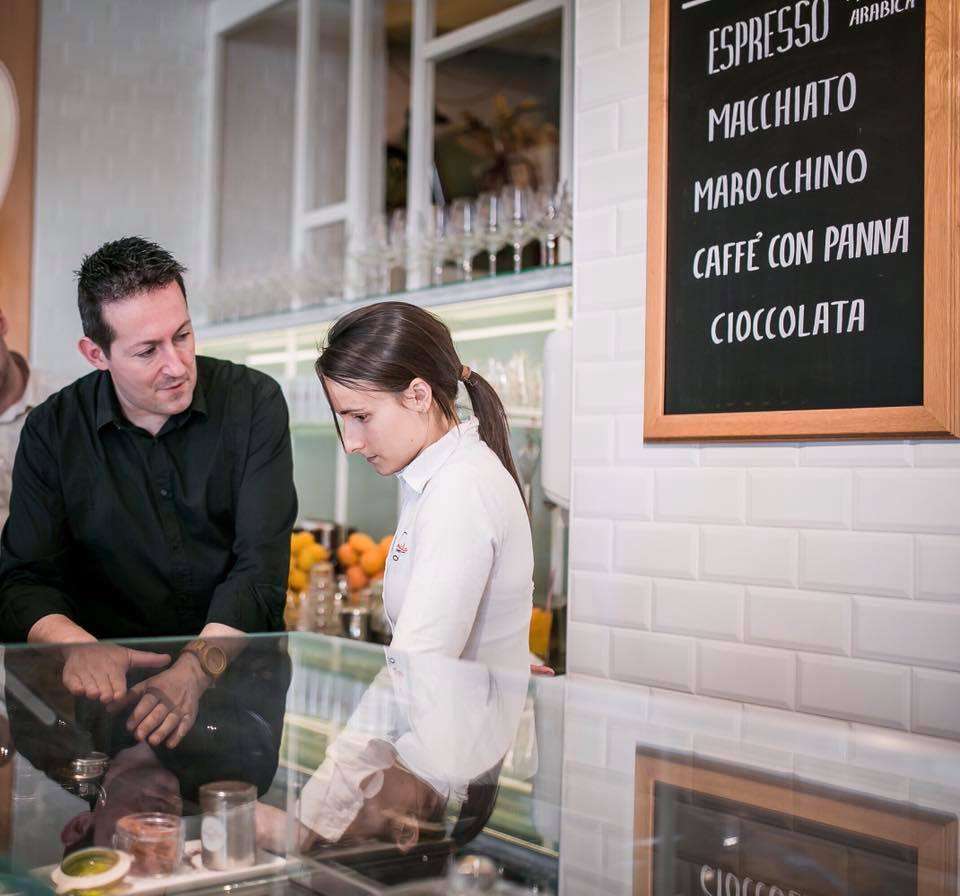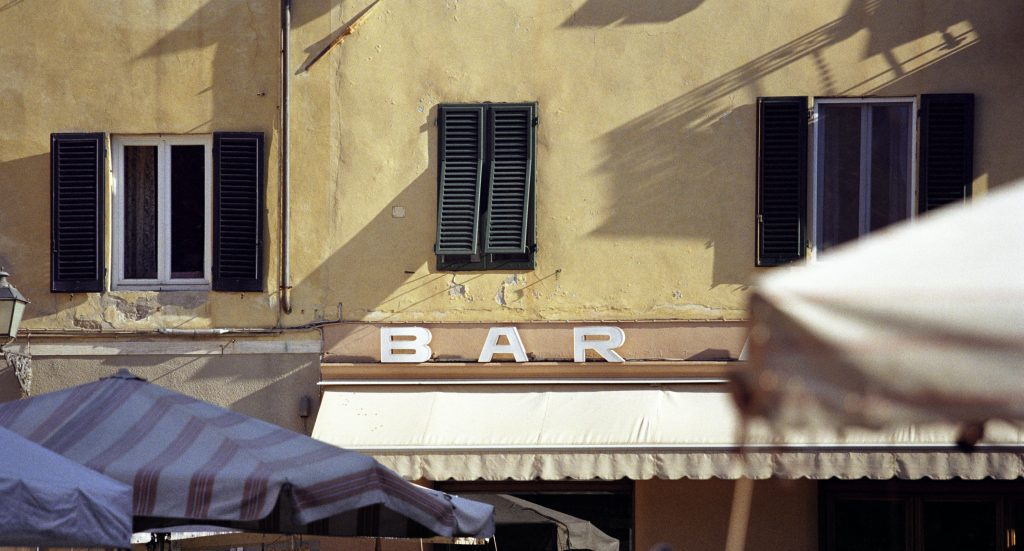Because of the current emergency given by the outbreak of COVID-19 all bars, restaurants and coffee shops are forced to remain closed.
Our health and that of family and friends is priority number one at the moment. Nevertheless, the economical damage is already huge and makes us reflect on our everyday lives and what we are currently missing. This begins from our morning coffee at the bar, on our way to the office or having a little chat during lunchtime with the barista who’s preparing our coffee.
We want to dedicate this article to the Italian baristas. Also thanks to them, the Italian coffee became famous all over the world. Italy is not only the country where the espresso machine was invented but also the country where you can find about 2.000 different possibilities of how to serve it. Standing at a bar’s counter for only five minutes at 7.30 in the morning is enough to understand, why.
The importance of the barista
Baristas are the last chapter (and maybe even the most important one) in the lifetime of coffee, before we can enjoy it! The barista needs to manage the extraction in its best way, simultaneously he needs to be skillful and attentive for having in mind the chronological order of the often concurrent incoming orders.
The interview
To get a better impression of the daily work routine and profile of a real Italian barista we interviewed our coffee expert and trainer at Espresso Academy (our school for coffee lovers and professionals): Simone Celli. Simone has a long experience and expertise behind the counter, as he has worked in and owned coffee shops for many years. Here we go!

When did you start working as a barista and having your own bar?
I’ve been standing behind the counter since 1997 and decided to open my own coffee shop in 2002.
Before you opened, did you have some previous experience? Did you take some courses or work in other bars?
Before opening my own bar, I used to work in many other bars. All the skills I got there came from my colleagues, having much more experience than I had. But to be honest some of them were, thinking about it now, completely wrong. In other words, make your own experience but try to add some good and professional knowledge, for instance by taking part to one of the courses of Espresso Academy!
Which drink is the most popular one? Espresso, Espresso macchiato, Cappuccino?
In an Italian bar, and my own one is really no exception to that, the most frequently ordered drink is the Espresso (or as we call it in Italian: the “Caffè”), followed by Macchiato and Cappuccino which is nice for breakfast but after lunch at the latest, clients don’t order it any more.
Could you describe the typical daily work routine at the bar?
6.30: I’m arriving, it’s time to fill up the vitrine with the freshly delivered croissants from the bakery.
6.45: I start to prepare everything else with freshly delivered ingredients: salads, focaccia, mini pizza, tramezzini and panini.
7.00: The first espressos, I regulate the setting for the grinder for the different blends and single origins that I´m offering my clients. I also prepare the required equipment and then I’m ready to open the bar!
7.15: We lift the shutters and the first clients are coming. Most of them are coming regularly and I already know which drink to serve them.
8.00: Now is the time when also many kids are coming in to buy a croissant or panino for school, often together with their parents.
10.00: Time for a little pause and an espresso, sometimes macchiato.
10.30: The breakfast time is over and it starts getting less hectic. Time to prepare the bar for lunch, also in the kitchen preparations are already running.
12.00: Breakfast is definitely over, in Italy this also means that the time to order cappuccino is over!
12.15: As soon as all the tables are set, lunch break is starting. Now we have to be fast between the first and the main course. Of course the vitrine with panini and tramezzini stays active and many people are coming to have an espresso at the counter after lunch.
15.00: If nothing extraordinary is happening, it’s time to have lunch also for me.
16/17: Now it´s time for a little snack. Many kids are coming on their way home from school, adults are treating themselves to a little pause after work before going home.
18.30: And now: Aperitivo! Instead of espresso we now serve prosecco and spritz in combination with some appetizers. I already start to clean the espresso machine and all the equipment.
19.30: We are closing! After cleaning the bar a barista’s day ends at about 8pm…before everything starts again the next day. 🙂 🙂

Do you have an advice for someone who wants to become a barista or wants to open a bar (apart from taking part to a course of the Espresso Academy)?
Try to get a lot of experience, take part in courses to train yourself, visit fairs or other events that are dedicated to coffee. It´s also never wrong to have a business plan, because after all the owner of a bar is never just a barista, but rather an entrepreneur.
We really think: Italian baristas are the baristas to be. What do you think?
For instance, a well-developed and clever Italian barista can be one of the best. He / she especially needs to be able to work fast, but velocity itself is not sufficiently. In the best case they also have to be able to interact with their clients while preparing the coffee at the same time. That´s what characterizes a really good barista!

Simone nowadays, during one of his trainings at a clients’ bar

